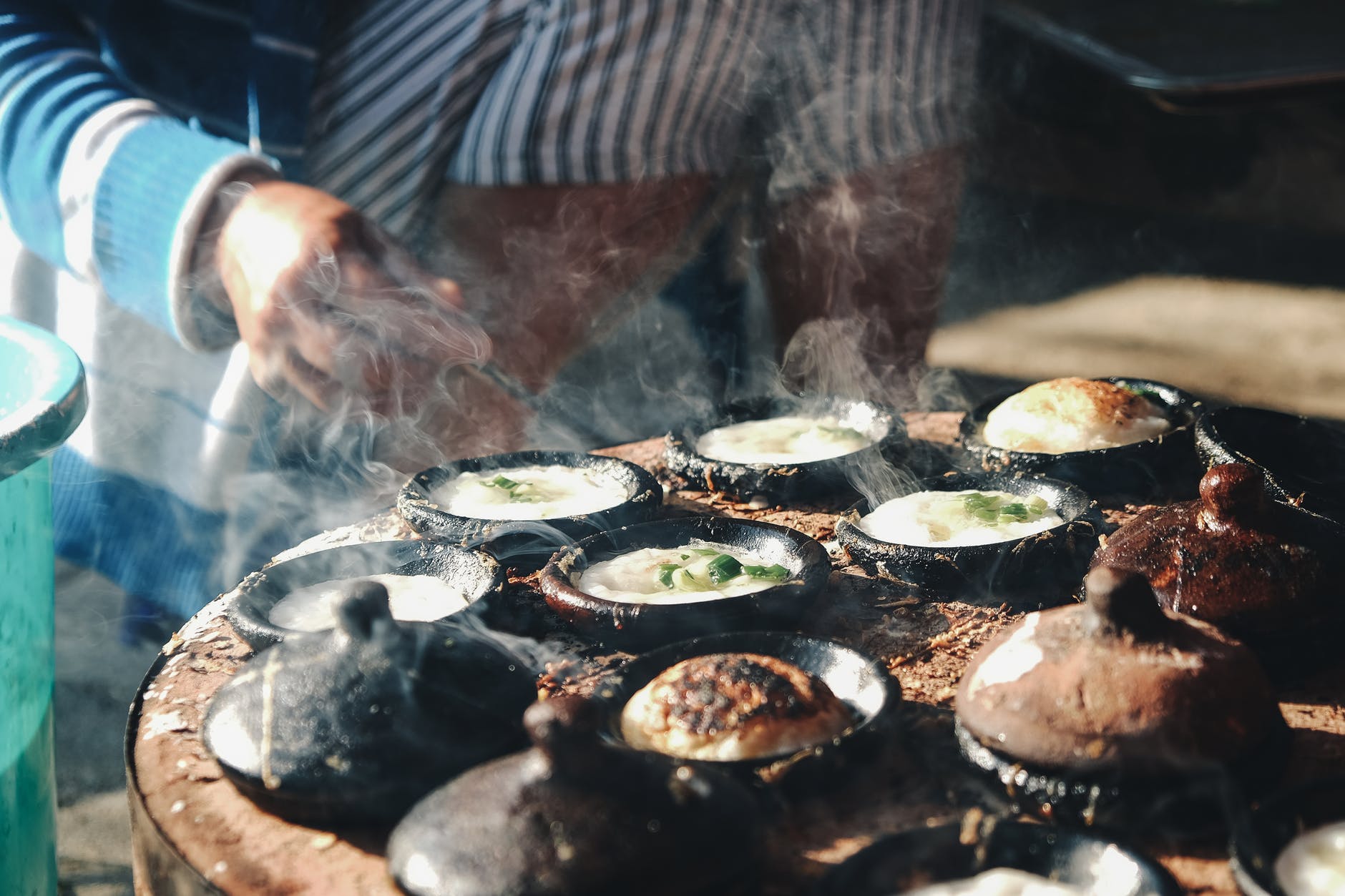The Must-Eat Vietnamese Delicacies

What comes to mind when you hear about a Vietnamese delicacy? For most individuals, it is the contrasting textures and complex flavors that come to mind. The French colonial history of Vietnam influences most of the Vietnamese delicacies. It’s delicacies also reflects the influence and amalgamation of dishes from neighboring countries such as China, Thailand, Laos, and Cambodia. However, Vietnam delicacies maintain their identity regardless of the influence. Are you interested in sampling some of these delicacies?
Interesting Vietnamese Delicacies You Must Sample
According to the online essay writer who also has been exploring the information related to the facts about Vietnamese cuisine, there are lots of different types of dishes exist in Vietnam. It can be difficult to sieve through the many Vietnamese delicacies if you are a non-native visiting or living in Vietnam. The same applies to those individuals who have a penchant for sampling cuisines in restaurants. Here’s a catalog of dishes to help you in picking one.
- Banh Khot and Banh Xeo. It is a form of aromatic crepe formulated from turmeric powder and rice flour. You can stuff the delicacy with shrimp, bean sprouts, and pork. Wrap the resulting product in lettuce and some herbs. Dip it in the fish sauce just before having a bite. The two delicacies are similar though the Banh Khot bears a resemblance to a miniature pancake. The two are then cooked in a specific plate (cast-iron) to make a crunchy external and a fluffy inside.
- Bun Rieu. It is a noodle soup delicacy based on tomato broth and crab with some different variations. The crab produces a piquant aroma, whereas the red root vegetable enhances an acidity layer and tartness to the broth. Toppings include pork knuckles, meatballs, fish, blood cubes, and snails. The noodle of choice is always Vermicelli.
- Goi Cuon. It is a lighter and better alternative to stir fry spring roll. Mint, shrimp, vermicelli noodles, lettuce, and slices of pork wrapped in a luminous rice paper. Dip the resulting piece in a peanut-hoisin dip.
- Thit Kho. It is an addictive dish of caramel with pork belly chunks. It is then braised in fish sauce and sugar until it gets tender. Serve preferably scarfed with boiled vegetables that have sauce and some rice. If you prefer seafood instead of fatty meat, opt for Kho instead.
- Bun bo Hue. We also mention it as bun bo with the “Hue,” denoting the city of its origin. You make the beef soup with lots of lemongrasses then seasoned using sugar, chili oil, and shrimp paste. The dish uses a greasy rice noodle with toppings of several types of meat and served with herbs and lime. The outcome is a taste explosion of sour, spicy, salty, and sweet tastes all in a single serving.
- Rau Muong Xao Toi. Other names used include water spinach and morning glory. It is a vegetable that typically grows in Vietnam. It is best served as a fried vegetable with lots of garlic and sometimes trace amounts of sugar and fish sauce. Simplicity in its preparation, however, leads to awesome results.
- Cao Lau. It is a delicacy that has a lot of history, textures, and favor. It comprises of rice noodles with toppings from spices, rice crackers, lettuce, fresh herbs, sliced pork with some little soup as well. You definitely will enjoy this delicacy.
- Banh Cuon. It consists of rolls of rice noodles similar to those of Cheung fun. Packing ensues with mushroom (wood ear) and minced pork. You then top with stir fry shallots then dipped a sauce (fish). Serve and eat them while soft and hot.
- Bo Luc Lac. Also referred to as the shaking beef, which describes the wok meat. The beef cubes are stir-fried with onions, garlic, soy sauce, and black pepper. You can serve with tomatoes, cucumber, and lettuce salad.
- Bun thit nuong. It is a grilled, doused pork dressed using crushed peanuts and oiled scallions. The product is set on vermicelli noodles and a couple of pickled daikon, carrots, and herbs. Addition and mixing of everything, including a little of fish sauce and stir fry spring rolls will set you well.
- Bun Cha. It forms a popular delicacy in Vietnam. Marinated belly pork and small pieces of pork are seasoned and roasted over charcoal. They are then dipped in a sauce of Nuoc Cham and accompanied with vermicelli noodles, herbs, and cha gio.
- Goi xoai. Do you crave something light and fresh? Goi xoai is your dish in that case. It is a vibrant salad made of onions, unripe mango pieces, and carrots. You then blend the product with herbs such as basil or mint. You then douse in a lime-based paste and nuoc cham. After that, dried beef or boiled shrimp spruced up with roasted peanut, and fried shallots tops it up.
- Canh Chua. The sour and sweet soup delicacy consists of a broth of tamarind. It’s makeup consists of pineapple, fish, tomatoes, and vegetables such as okra. It reminds one of tom yum, though without lemongrass and lime.
- Thit Luoc Tom Chua. The delicacy consists of belly pork, vegetables, sour shrimp paste, and herbs. You can request for rice paper and vermicelli noodles to make spring rolls to accompany the delicacy.
Conclusion
Vietnamese delicacies are a taste explosion that everyone with a flair for a taste adventure has to try out. Most are complex, but some are simple for those who would wish for a gradual introduction to the food culture of Vietnam. Remember, you won’t know how delicious they are before trying them out. Also, it is a great and unusual opportunity to see the information about the cuisine and peculiarities of cooking in this Asian and wonderful country. Everyone can stay inspired and excited to deal with experiments like that.